When I was 11 or so, my father left his job in the Longford County Council to set up his own engineering consultancy. He converted one of the bedrooms in our house into a drawing office where he drafted house plans and planning permissions for local people hoping to build a home.
I was in primary school and enjoyed watching him “inking up” a design, his hand expertly zipping a horizontal line across the tracing paper, then dropping a variety of careful verticals and diagonals, until all of these lines of wet ink began to magically take the form of a single-storey house. These houses he drew were quite similar, and originated in one way or another from a set of house designs that had by then been around for almost two decades – the Bungalow Bliss set of house plans.
I went through secondary school taking mostly technical subjects and then left to study structural engineering in Scotland. During the summer breaks I came home to help out with my father’s growing consultancy. The office was now in what was once our turf shed, and consisted of a spacious and bright drafting room, with two drawing tables, a print room and a small office.

My father’s business was by then not only producing many house designs but also some larger housing schemes, and I helped with mapping, printing and carrying out some drafting too. Here I saw, now under my own hand, these bungalows begin to take shape once more. When I graduated from university, I went off and worked for a number of structural engineering firms in the UK and Ireland, designing multistorey commercial buildings, and I forgot about the bungalows.
A decade later, I had left my job as an engineer and enrolled in the National College of Art and Design for an MA degree called art in the contemporary world. I took a course called “Other Modernisms”, and each week our lecturers presented us with a variety of works in art and architecture from around the world. It was in this class, gazing at colourful slides of curved-and-pointed edifices – the work of Oscar Niemeyer in Brasilia, Belo Horizonte, Niterói – and being told how these designs were a blend of high-modern and local architectural styles, that I first wondered: what might the Irish “other modernism” be?
During these 30 years, over a quarter-of-a-million copies of Bungalow Bliss were sold, roughly one for every second household in the countryside
The Bungalow Bliss catalogues that once lay around my father’s office rushed back to mind. I realised these books had influenced not just his drawings but also the drawings of countless engineers and draftspersons throughout the country at that time. I resolved to explore from where these influential books had come.
One morning, half a century ago, in early July 1971, a man called Jack Fitzsimons left his house in Kells, Co Meath, with a car boot full of small, self-published books. He drove through the twisting trunk roads of rural Ireland to large towns in the midlands, south and west, selling these books to any newsagents, petrol stations or bookshops that would take them.
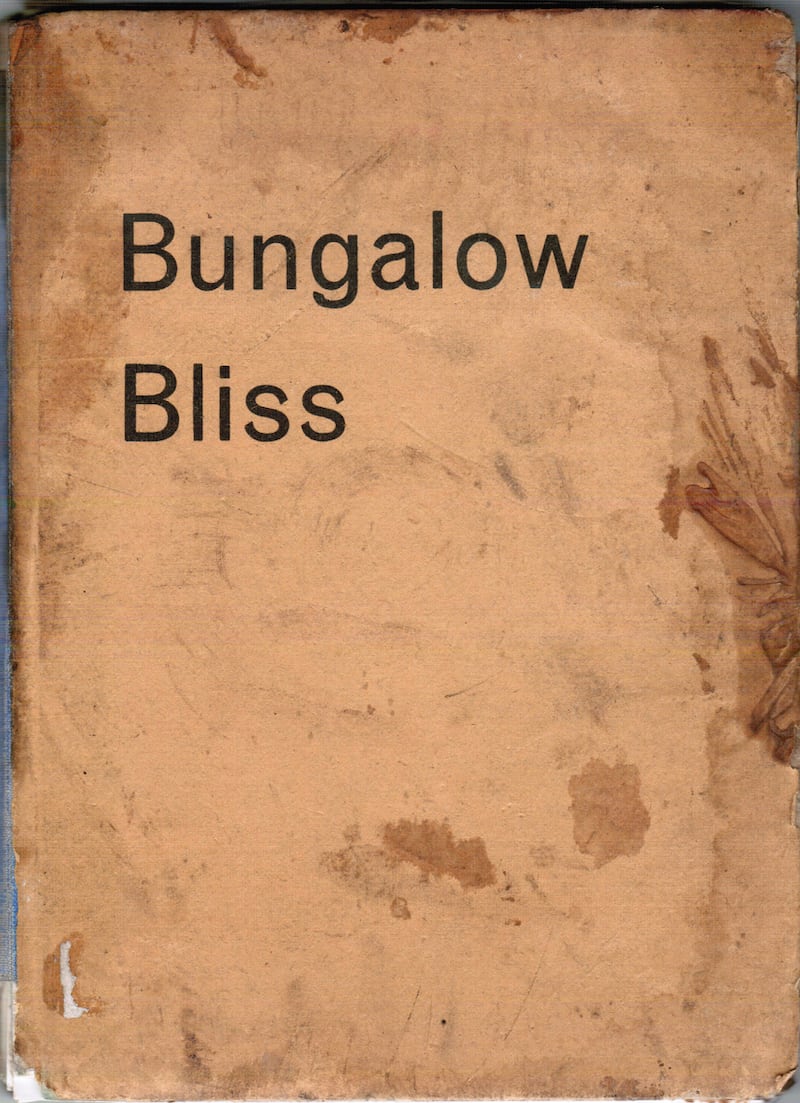
Declared across the front cover of these books were the words: Bungalow Bliss. They contained 20 house designs that could be used to build affordable homes. The designs were ordered from Fitzsimons, either over the phone or by post. The drawings were sent to the purchaser for a small fee, then put through the planning process, and built. Before this book appeared, the options for housing in rural Ireland were: inheritance, getting on the housing list or emigrating.
Bungalow Bliss became an instant bestseller. Soon edition two appeared, and soon after, edition three and then edition four . . . The book was rewritten, expanded on and republished often throughout the 1970s, 1980s and 1990s. A 12th edition was released in 1998 and reprinted until 2001. During these 30 years, over a quarter-of-a-million copies were sold, roughly one for every second household in the countryside.
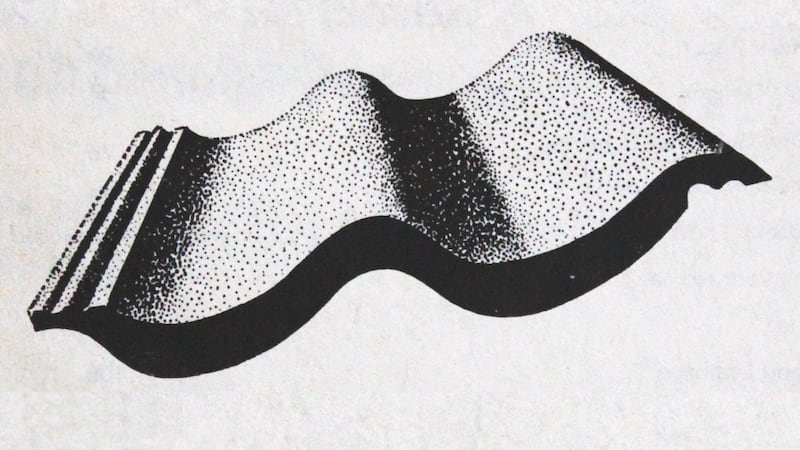
By the late 1970s, around the time I was born, over 10,000 of these one-off bungalows were being built each year in rural Ireland. The cost of land was low, so too the cost of construction, and the plan area of each design in the book fell under the 125sq m that qualified a homeowner for State aid of just over £300 (about 10 per cent of the cost of the whole build at the time).
Affordable cars and motorbikes had become the dominant mode of transport in the countryside and the homes that this newly mobilised generation was building were sited along the sides of public roads, often on the outskirts of small and larger towns where property and space were less expensive and where there was more potential to expand the home to suit an enlarging family. This all led to ribbons of these houses, most of which were in plots of land (“tiny republics”, as John McGahern called them) all between half and three-quarters of an acre – a dimension that stemmed from a capital-gains tax break of which farmers could then avail.
Appearing also on the rural landscape at this time were regional technical college, colleges and IDA buildings, all modular buildings hosting a technical kind of education and labour. The form of living and building in rural Ireland was changing greatly.
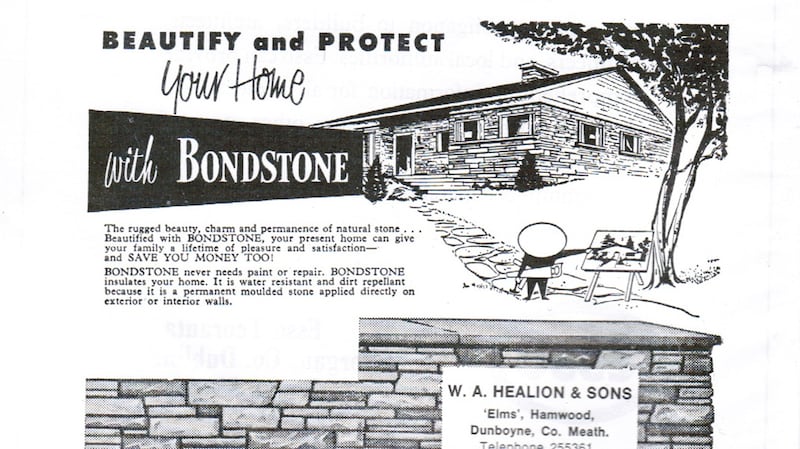
I remember, while I was researching all of this in NCAD, I looked again at the planning permission documents required for a one-off house. I was struck by the stark pragmatism of this document. It consisted of a soil test, a series of site maps of increasing scale and six copies of the house plans being proposed for the site. The Ordnance Survey land maps used in this planning pack had no contours on them, so the only sense of three-dimensional interplay for any proposed site was two numerical spot levels indicating the difference in height between the main road and the floor of the new house. How the building looked on the site was not visualised.
My father and his friends missed the second half of the 1976 FA Cup final because the cement supplier (a 'GAA man') turned up at the site just before half-time
The schematic nature of this planning pack suited not only the technical skillset of those applying for planning, but also those judging it in the county councils, where at that time no architects were employed. This form of mapping effectively flattened the country, and when the countryside merely undulated this planning document functioned well, but when the land began to roll and lift, especially in the west, this system broke down disastrously, to the point, as some then said, “of desecration”.
By the late 1980s, these planning issues – including misuses of section 4 of the Planning Act, which allowed local politicians to overturn planning decisions – sparked outrage from the architectural establishment and segments of the broadsheet press, much of which centred on how these new homes were harmful to the environment and “inauthentic” to the land. The “vernacular cottage” was held up often – in a kind of Gaelic-Revivalist manner – as an exemplar of how one-off housing in the Irish countryside should appear.
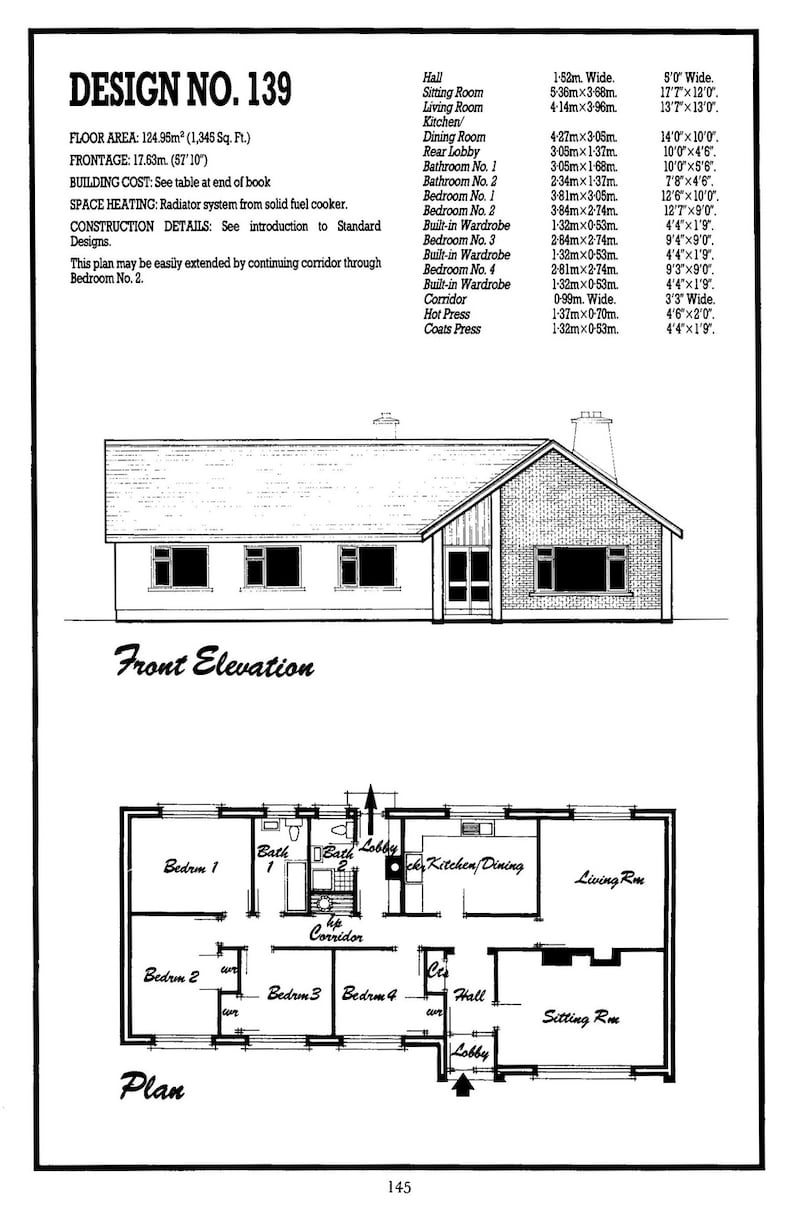
The form and look of a thatched cottage stemmed from the materials available to build it: stone, timber, straw. The basic building blocks of a Bungalow Bliss-era home are all precast concrete and 440mm in length. This dimension dictated the size of the windows, which were formed with precast lintels and sills, the lengths of which were all a multiple of this 440 mm-long block. These inexpensive concrete products could be bought “off the shelf” at any of the concrete works that then dotted the country, usually near a limestone quarry.
One of the new planning rules for house design at this time was that the window openings to each room had to be no less than one-tenth of the floor area they served. So if you combine the height of the previous cottage windowsill, the need for a larger window opening, the precast lintels available, and the type of to-hand building skills in place, you end up with the typical large, wide window of the Bungalow Bliss house. This blend of precedent, available materials and available skills extends to every other aspect of these houses – the plinth, the walls, the roof, the chimney – and it produced a new and valid vernacular.
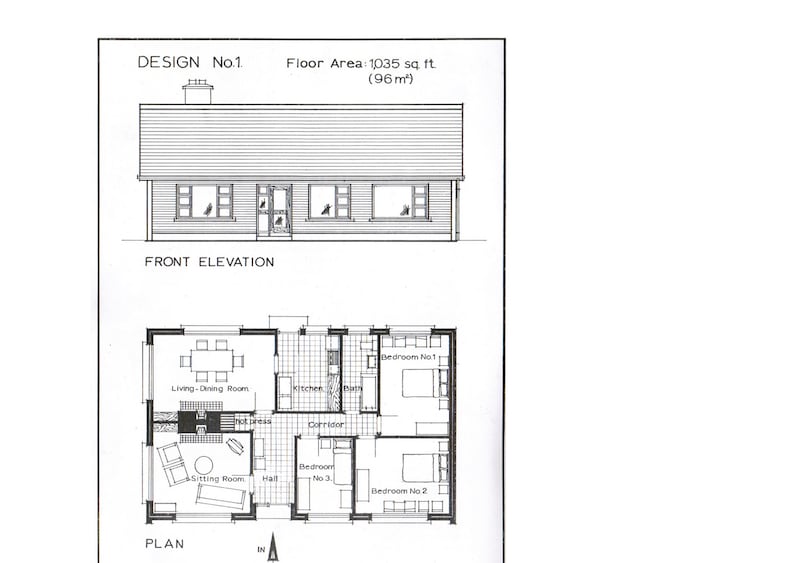
One afternoon last month, while I was home visiting my parents, I took a walk around the house, looking at the many extensions added to it over the years, trying to recall the people who helped to build them. That evening I asked my father which of his friends had helped him build the original bungalow. He told me, with a rueful laugh, about the time he and these friends missed the second half of the 1976 FA Cup final because the cement supplier employed to pour the foundations of our house (a “GAA man” apparently) turned up at the site just before half-time. My father and his friends received a call in the pub and hastened back to site to begin the pour.
While my father recounted this I thought of him and his friends, as young men, laying the foundations of our house, then building up the walls, erecting the prefabricated roof trusses, fitting the tiles, the chimney pots and capping stones, then sealing it all with standard windows, doors, and swaths of plaster and paint. It occurred to me that this generation of homeowners was carrying out across the countryside a traditional Meitheal, albeit one happening within a strange new matrix of progress and standardisation. It then occurred to me that this generation of people was building in a way wholly authentic to the time, and that they produced homes that accurately reflected the economic, administrative and technological developments fluxing around them.
In 2022 The Lilliput Press will publish Adrian Duncan's work on the subject of Bungalow Bliss. He is author of Midfield Dynamo (2021), A Sabbatical in Leipzig (2020) and Love Notes from a German Building Site (2019), winner of the John McGahern Book Prize












